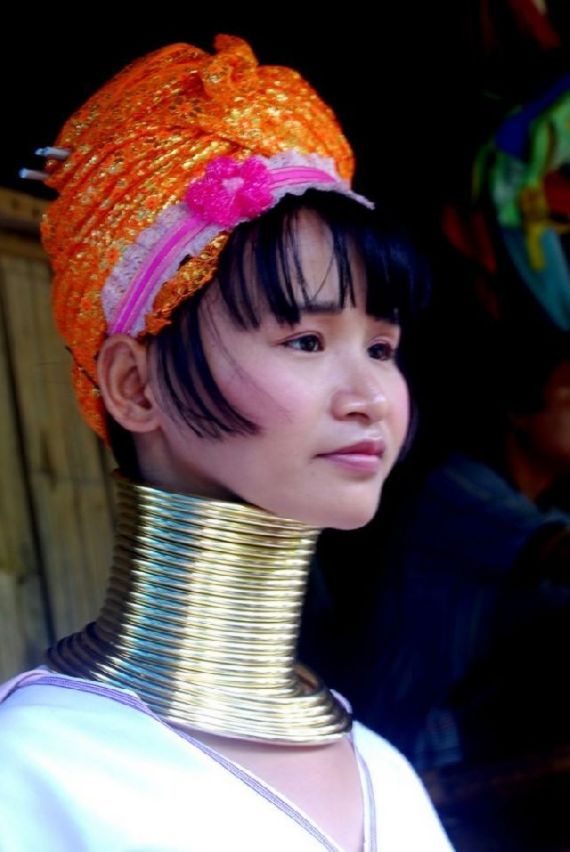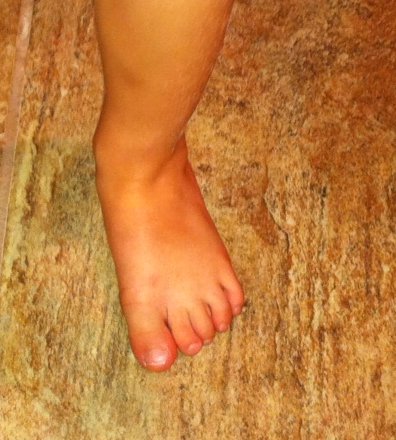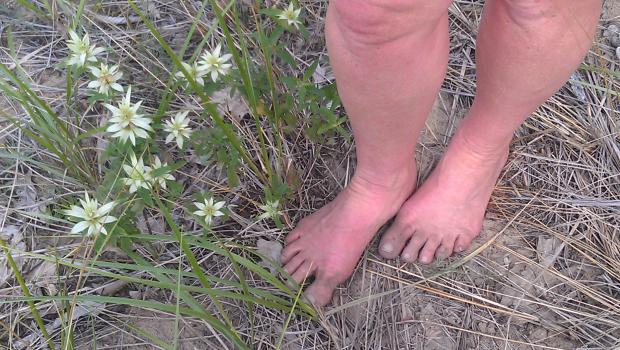How the Foot Adapts
by Jay Armstrong - October 2012
Every step we take puts an incredible amount of force through our feet and upward through our body. The stress on our body increases if our feet are not mobile. For example, imagine if your entire foot was in a cast. Now, imagine that BOTH feet were in such casts. Each step would create a thunderous impact that would reverberate through your knees, hips and spine. Ouch!
At birth our feet are extremely mobile. But, rather soon after birth they begin to lose this mobility and even to dramatically change shape. The single biggest cause of this is footwear. We put our feet into a rigid shape, supposedly designed to protect us, and then tighten it around the foot to insure that nothing will move. If we repeatedly restrict a body part or put pressure on the bone structure, adaptation is the sure and inevitable result. |
|
 |
 |
|
The structure of our feet is remarkably similar to that of our hands. Just after birth, the foot can fold on itself in many directions.
Look carefully at the photo on the left of a 2-year-old's foot. This foot is grasping the floor. Notice that the big toe and the adjacent toe are pulling toward the center of the foot. Notice also, that the little toe and the adjacent toe are pulling in the opposite direction toward the middle of the foot! Most adults cannot perform this grasping motion because the mobility has been seriously compromised.
Our feet were designed for this type of grasping so that we could walk on rocks and other uneven surfaces while maintaining balance. |
As an example of the type of mobility your feet naturally possess, I recommend watching a 2-1/2 minute video about a lady born without arms. She learned to do everything with her feet. I have been watching this video periodically for many years because it is inspiring to see what we, as human beings, are capable of and what specifically we can do with our feet and hands if we really had to. Watch video of lady with no arms. Houdini, the great escape artist of the period from 1910 to the early 1920s, used to practice tying and untying knots with his feet. So, our feet are not designed to be simply clubs attached to the end of our legs!
Below is a collection of photos of children's and adult's feet.
Notice how the children's toes are essentially long, straight and parallel. Compare that with the adult's toes that are scrunched up and squished toward each other. Why is this? Is this just part of the normal ageing process?
Look a the photos of children's shoes and adult's shoes below.
Notice the shape of the children's shoes. They are nominally shaped like feet! Isn't that a great idea. However, as soon as we can possibly begin squeezing the feet, the shape of the shoes changes. The adult shoes are not shaped like any feet I have ever seen. But, stuffing our feet into ill-fitting shoes day after day causes the adaptation of the bone structure of the feet that is prevalent in adults. Eventually, we begin to have feet that are shaped like our shoes. But, this isn't the shape that nature had intended for us to have!
If the toes remained parallel and we maintained the mobility of the foot as we reach adulthood, our walking and running will cause much less stress on our knees, hips, back, and neck. In short, we will be better and more efficient athletes.

Here are some tips for improving your health through attention to your feet:
- Spend as much time without shoes as possible
- Get foot massages and massage your own feet
- Wear comfortable and flexible shoes that are shaped more like your feet
- Perform foot mobility drills to regain the natural ability to use your feet
Talk to your Z-Health practitioner today for more information on how to perform specific movement and neurological retraining for your feet and how this can create better posture and more efficient movement. Jay Armstrong is a Master Z-Health Trainer located in the Houston area. Jay conducts group kettlebell and mobility classes and sees clients on a one-on-one basis to create pain-free, lifelong excptional athleticism. Contact Jay today at jay@themovementpro.com.
|